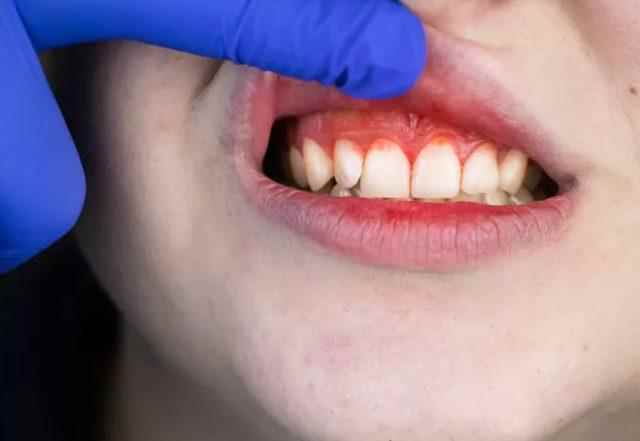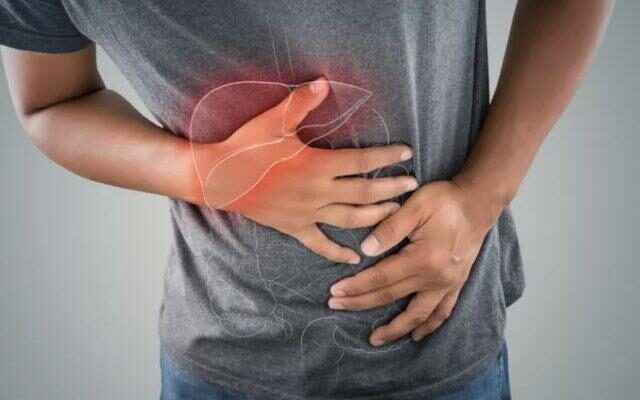If fatty liver disease is not diagnosed and treated early, it can lead to liver failure and even death. For this reason, being careful about some situations that are considered insignificant but can be a sign of risky diseases can save lives. In the earliest stages of fatty liver disease, there are usually no symptoms. However, if this disease is not diagnosed for a long time, it can cause permanent damage to the organ.
IT PREVENTS THE LIVER FUNCTIONING PROPERLY
Cirrhosis is the most severe stage of fatty liver disease that occurs after years of inflammation. The liver becomes scarred, lumpy, and shrunken. NHS Inform explains: “Cirrhosis is liver scarring caused by sustained, long-term liver damage. Scar tissue replaces healthy tissue in the liver and prevents the liver from functioning properly. The damage caused by cirrhosis cannot be reversed and can eventually become so widespread that your liver stops working. This is called liver failure.
NHS Inform states: “When your liver loses its ability to function properly, you will likely experience loss of appetite, nausea and itchy skin. In later stages symptoms may include jaundice, vomiting blood, dark, tarry stools and fluid buildup in the legs (oedema) and abdomen (ascites).” says.
ATTENTION TO GUMS AND NOSE BLEEDING

One of the symptoms of cirrhosis that can occur is bleeding gums. This is because the condition can cause you to bleed or bruise more easily. According to NHS Inform, this also causes more frequent nosebleeds.

Other cirrhosis symptoms to watch out for include:
- fatigue and weakness
- Loss of appetite
- Weight loss and muscle loss
- feeling sick (nausea) and vomiting
- Tenderness or pain around the liver area
- Small red lines (blood capillaries) on the skin above waist level
- very itchy skin
